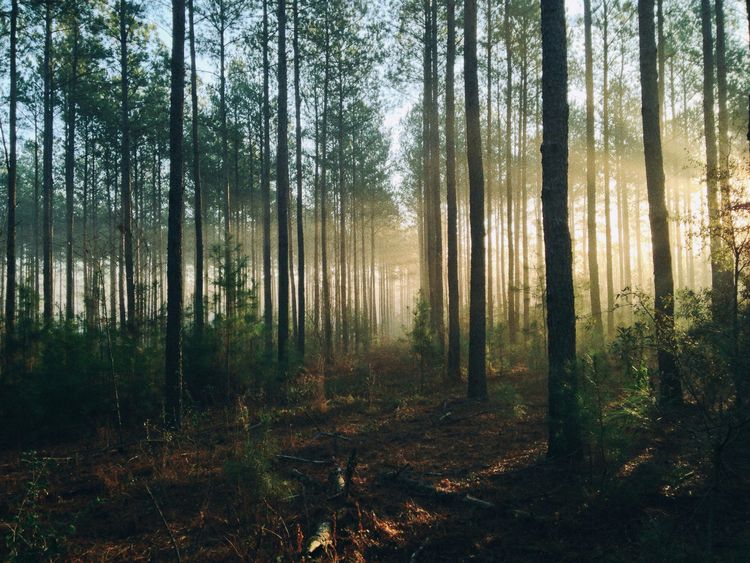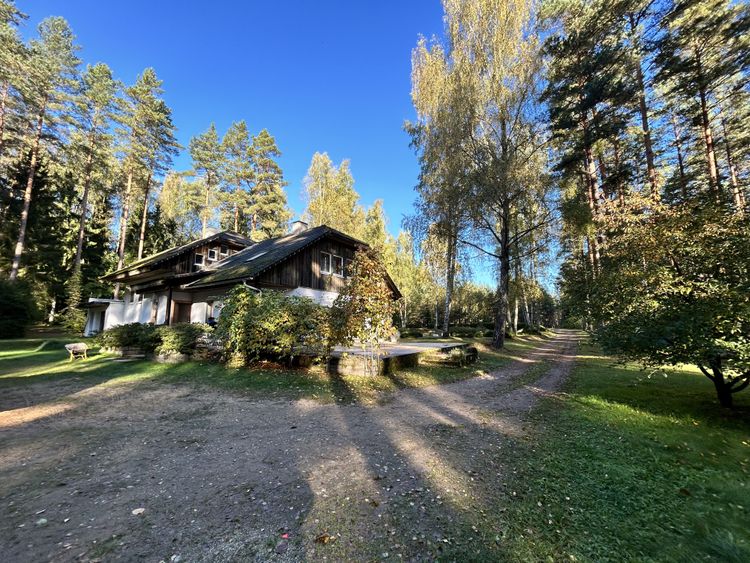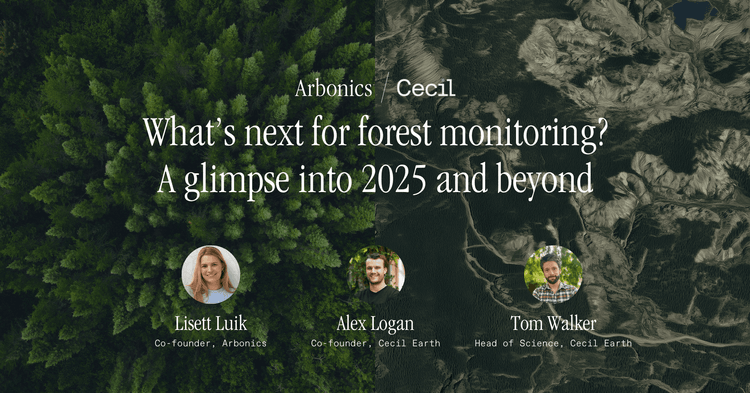Chantel Rowe, Head of Technology
One week on from the Symbiosis RFP
Last week, the team at Arbonics, alongside a host of equally sleep-deprived project developers across the world, submitted our response to the Symbiosis Reforestation and Agroforestry Request for Proposal (RFP).
This was an inspiring, rewarding, stressful and thought-provoking experience for us, and regardless of the final outcome— we’ve never felt so excited and sure about the journey we’re on.
In the 200+ hours of work and 500+ pages of technical documentation we completed over the last few weeks, we learned some key lessons:
Choosing the harder path pays off
Arbonics has always aligned its projects with the most stringent verification methodologies: Verra’s VM0047 for Afforestation and VM0045 for improved forest management, which we call Impact Forestry. This hasn’t always been easy; our first project, for instance, took more than two years to get validated and went through the most rigorous checks and balances by Verra.
Seeing buyers such as Symbiosis limit the scope of their RFP to only those projects registered under the toughest methodologies— and VM0047 being the only Verra methodology accepted— we know we made the right decision, and the market is holding itself to the same quality level as we are.
To our knowledge, we were the only European forestry project that qualified to submit, and we’re deeply proud of this.
Selling ‘permanence’ is challenging
The carbon removal industry, quite rightly, has a core focus on permanence—the promise that the carbon removed during the project lifecycle will then remain stored for a period, normally up to 100 years for forest projects.
This is a core protection against greenwashing and was a core focus of the RFP, with project developers asked to discuss how they’re managing reversal risk, such as ensuring long-term monitoring for reversals even after the project ends among other essential accountability measures.
As we prepared our responses and discussed things like today’s strong Baltic forest protection legislation, I kept thinking to myself what a strange concept this is in reality. I was writing about how in 70 years, when I would be long passed and the me of four generations in the future—who probably worked for the 12th iteration of a company that was once Arbonics—would be using technologies I cannot imagine, in a political landscape no one can predict, and in a climate that, sadly, will make monitoring the health of the forests we’re planting today a very different challenge. And that this person will dig up my responses in 2025 which were once written in a thing called ‘Google Docs’ on a relic called a ‘Macbook’, and laugh.
Are any commitments of permanence little more than honest, best-intentioned words? How could someone, in 1925, have anticipated remote sensing via satellites, LiDAR via autonomous drones, and predicted that our Baltic project regions would go through World War II, then the Soviet Union, and emerge as progressive environmental powerhouses?
When not being able to guarantee the standing of trees in 100 years, some of which may only grow naturally in 40-60 year cycles in any case, means not getting the buy-ins to putting seedlings in the ground today, how will humanity meet our 2030, 2050 and 2100 climate targets? Would the industry benefit more, perhaps, from a focus on ensuring ‘duration’—ensuring success for the project duration within a reasonably measurable timeframe—versus ‘permanence’?
In response to this challenge, this RFP process saw an interesting trend emerge as insurance companies approached project developers offering permanence guarantees for submissions. Could this be the future of carbon projects?
The level of scrutiny is higher than ever
I challenge anyone who reads the amount of technical documentation, GIS files, calculations and monitoring commitments requested by Symbiosis to say that “carbon credits are just greenwashing”.
The level to which today’s buyers require projects to prove the impact of their project—not only on carbon capture, but biodiversity, ecology, community benefits and indigenous rights—is remarkable, and higher than any other buying cycle I’ve ever been a part of.
Working with Symbiosis was uniquely inspiring
No RFP I have ever responded to has asked the provider ‘how would us buying your product help you to achieve your goals’, and this was incredibly heartwarming to take from the Symbiosis RFP.
This is a tough industry to be in, with project developers relying on equity investment or promises of future purchases (mostly not pre-paid) as they eagerly wait for their baby seedlings to grow and capture that precious carbon. Seeing a buyer invested in supporting the market, helping project developers to unlock income and break down investment barriers was hugely inspiring.
Group projects are crucial for the future of the industry
The carbon removal industry is still trying to find its scalable business model. The overheads are huge in terms of cash investment, headcount, software, and technical expertise needed to get through regulation, setup cost, monitoring and verification. I cannot imagine how single project developers find the resources to run large sales processes while meeting the stringent monitoring and reporting requirements of the buyers.
This makes me even more convinced that our business model of bringing together thousands of sites across Europe into consolidated group projects is key in driving the scale for large buyers like the Symbiosis Coalition.
We’re excited by the prospect of continuing these discussions with genuine environmental leaders such as Microsoft, Google and Salesforce, and seeing them drive not just a new standard in quality and accountability but a new model for buyer-developer collaboration to ensure impact.
Arbonics connects landowners and credit buyers at scale to remove carbon and protect biodiversity through data-backed forestry solutions.
Our leading technology finds the best strategies to maximise carbon removal, allowing us to offer two solutions to landowners: Afforestation for planting new forests, and Impact Forestry for improved forest management.
We provide credit buyers with high-quality carbon credits from these projects to support your positive environmental impact. Our solutions are backed by advanced technology, deep forestry expertise, and the stringent forestry regulations of the EU.
Interested in buying credits? Introduce yourself here and we will be in touch! Follow us on LinkedIn, Facebook, and Instagram for latest news.


